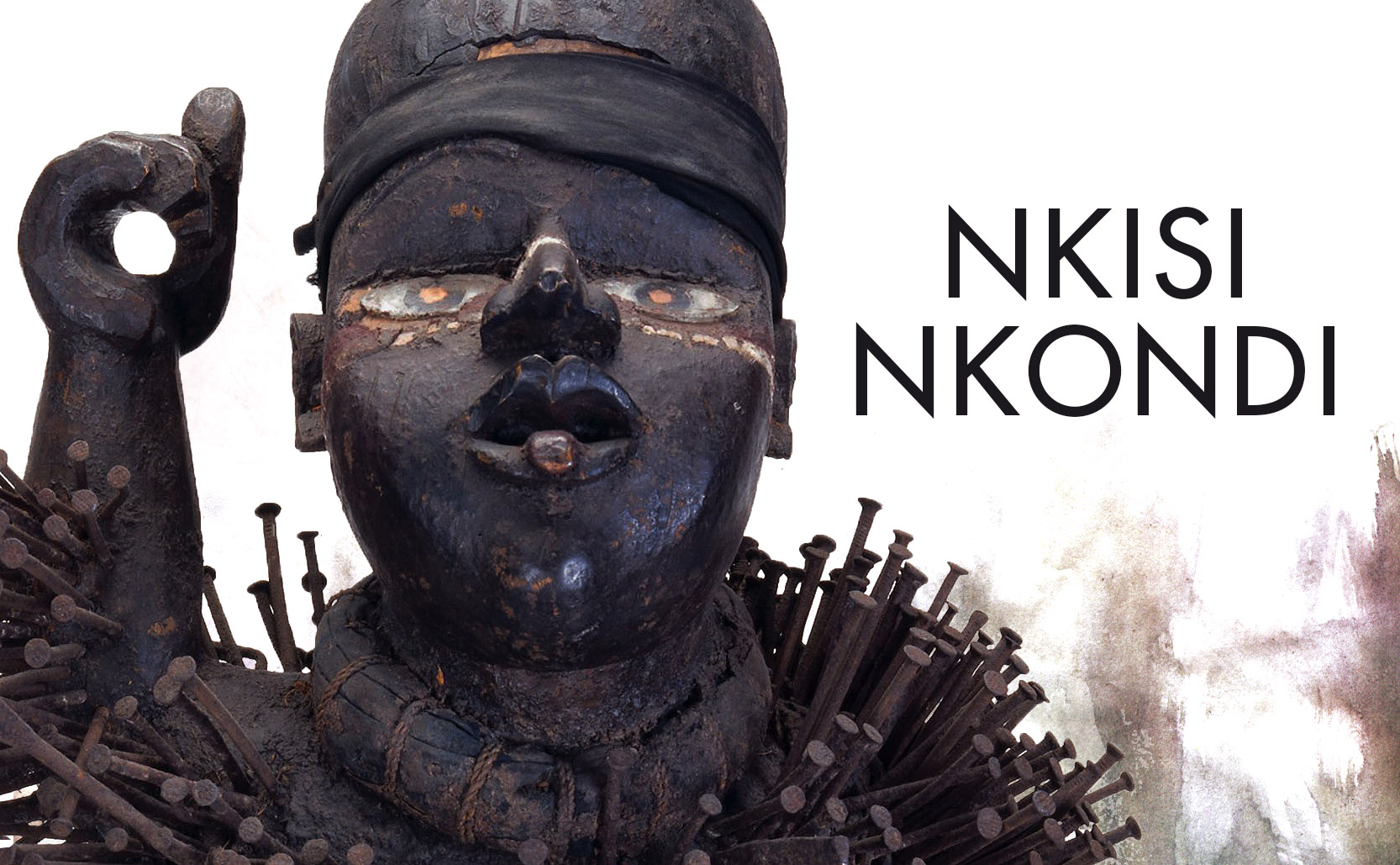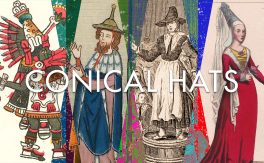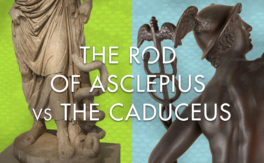Religious power sculptures that have nails driven into them to call upon protective spirits.
The Kongo people of central Africa believe that Nzambi Mpungu is the creator of all things. To help us bridge the gap between the spirit world and our physical world a nganga (plural being “banganga”) can serve as a mediator. A nganga is a person who’s a combination of shaman, healer, mediator, and a sort of spiritual notary public.
One of the more remarkable things about a nganga is that, in order to fulfill their role, they do so with the assistance of a nkisi. A nkisi is both a spirit as well as the name of an object that can house the spirit. The physical nkisi object can be any manner of vessels from vases to horns to gourds. Into these vessels the nganga places medicinal substances (bilongo) that, with the aid of the spirits, are intended to help cure both societal as well as physical ills. The nganga will summon the nkisi spirit to go forth from the vessel into our physical world and help someone in need. One particularly aggressive kind of nkisi is the nkisi nkondi, the hunter.

The Hunter
Typically, but not always, nkisi nkondi are carved to look like humans. The medicinal bilongo is frequently placed in the stomach of the figure, like an anthropomorphic monstrance, with glass or a mirror covering the hole (the glass/mirror representing a window into the spirit world). To “charge” the sculpture with a spirit it is typically placed in a graveyard (or other location known to be haunted by spirits) before being brought into the village by the nganga. The most remarkable aspect of the nkisi nkondi however are the nails.
Nkisi Nkondi are riddled with nails. Nails are driven into the figure by the nganga to affirm oaths, to serve as witness to agreements, to stop witches and evil spirits, etc. Before hammering a nail into the figure the nail is licked by all parties involved. If a promise is broken or an injury is inflicted the spirit inside is activated and sets out to hunt down the guilty party and punish them. Nkisi nkondi statues frequently have dozens of nails driven into their torsos, indicating a lifetime of service to the community.
Originally these wooden figures were struck struck together to awaken the spirit inside. When nails became available the figures changed into the form we know today. As enslaved Kongo people were brought to North America nkisi culture and the practice of making nkisi nkondi came with them (albeit hidden from the slaveholders). A human shaped figure with nails in it certainly could have influenced the Western idea of voodoo dolls but it’s more likely that voodoo dolls are a result of thousands of years of poppets in sympathetic magic found in cultures around the world.





